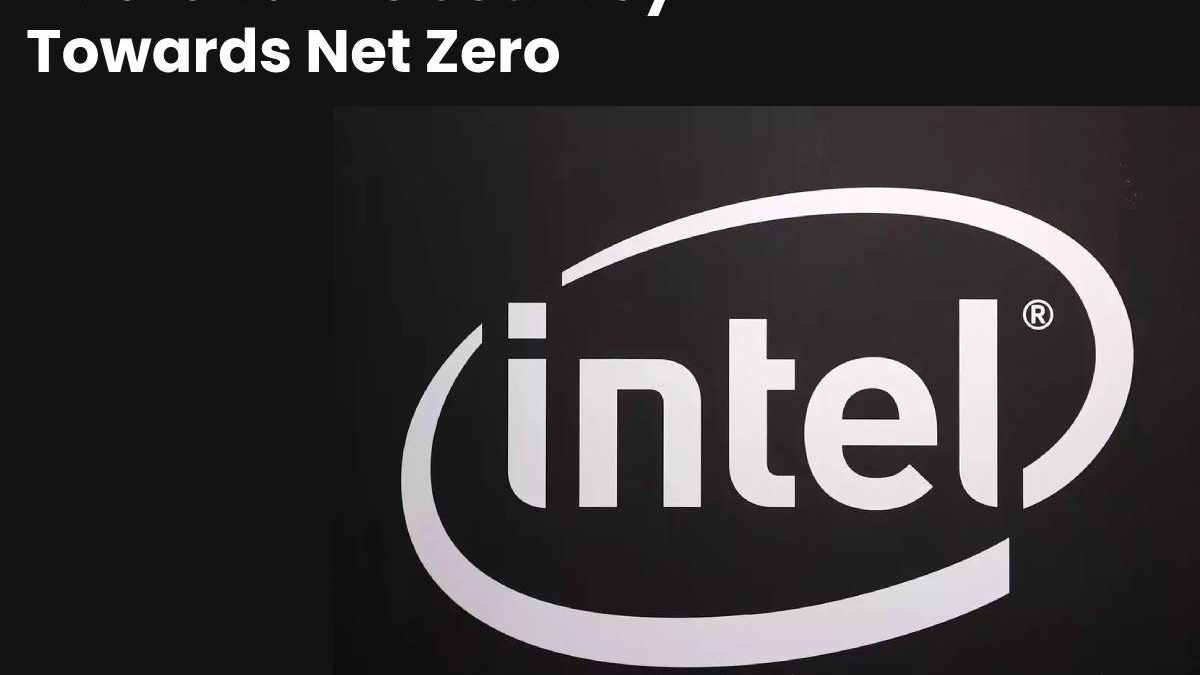Intel is responsible for around half of all computer processors, with AMD accounting for the other 50%. The nature of technology usually means that harmful carbon emissions aren’t too far behind, whether that be from the consumer product or the manufacturing process. Luckily, Intel recognises this and has pledged to reach net zero operations worldwide by 2040. Throughout this article, we will take a look at how Intel aims to achieve this goal.
Table of Contents
What Is Net Zero?
Net zero refers to the aim of eliminating greenhouse emissions completely. Governments and businesses worldwide have pledged to achieve this by 2050, including the UK government. To achieve this goal, all industries need to pull together, especially the manufacturing and construction industries.
The cost of reaching net zero by 2050 will cost around $3.5 trillion a year, which is enough to leave most people’s jaws on the floor. Although this sounds like a lot, it’s a small price to pay for causing less damage to the Earth’s atmosphere.
What Are Intel’s Goals?
Despite sounding a long way off, we’re less than 30 years away from 2050. Therefore, to keep on track, Intel has set interim targets to hit by 2030 including:
- Launch a research and development team to find greener chemicals.
- Meet the Green Building Council LEED recommendations by building new factories.
- Through $300 million in investments per facility, reduce energy usage by 4 billion kilowatt hours.
- Only use renewable energy across all operations.
Having these targets in place demonstrated Intel’s commitment to achieving sustainability across all sectors. Work has already been taking place over the last ten years, with their greenhouse emissions down by around 75%.
How Will They Get There?
Intel has set the bar when it comes to sustainability goals in the computing industry, but how are they going to achieve these? Naturally, they have partnered up with hundreds of industry partners and customers to collaborate on ways to achieve net zero. For example, Intel has teamed up with the likes of Sumber to launch a new line of liquid cooling systems for data centres.
The world needs better access to renewable energy if net zero is going to happen, and Intel knows this. They’ve partnered with some of the leading energy operators and created the Edge for Smart Secondary Substations Alliance, which is responsible for modernising the energy grids.
How Will This Affect Intel’s Products?
Intel is responsible for some of the greatest CPUs and graphics cards out there, like the Lenovo Intel Arc. Even after being sold, Intel’s products are generating greenhouse gases by consuming energy on the customer’s end. Therefore, to mitigate this and meet market demands for quality, Intel has promised to boost performance by five times per watt in their next-gen line of CPUs, named Falcon Shores.
Protecting the environment has never been more important, and global governments and businesses are finally taking the issue seriously. In the tech world, Intel has set the mark for energy-efficient commitments. Hopefully, with smart solutions to energy supply, the cost of fuel can settle again.

